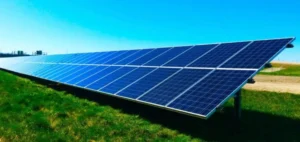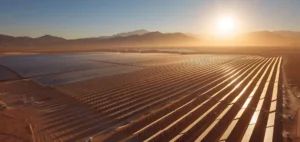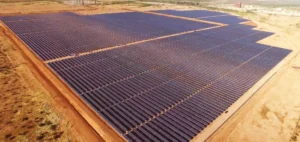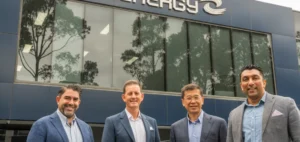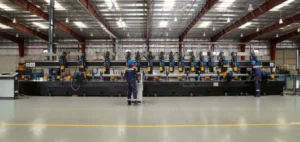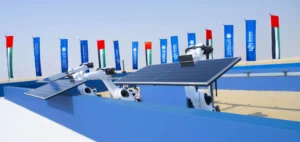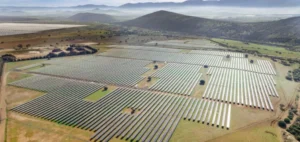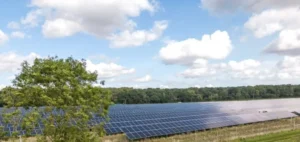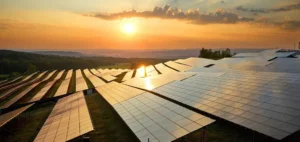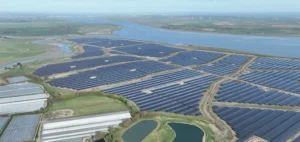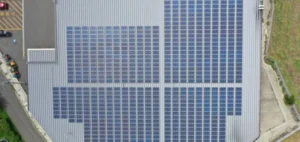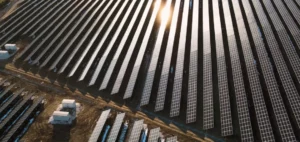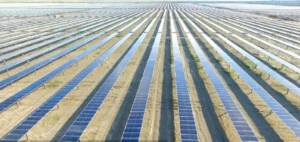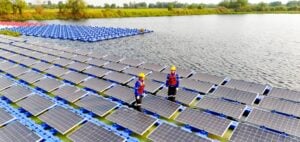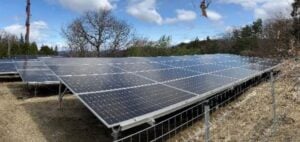French energy groups Neoen and Engie filed permit applications in late February 2024 to build the Horizeo solar power plant, a project planned to generate 800 megawatts (MW) over approximately 680 hectares of forestland in the Gironde department. Costing an estimated €600 million, Horizeo is primarily financed by Engie, which holds a 60% share—90% funded directly by Engie, and 10% contributed by Banque des Territoires—while Neoen holds the remaining 40%. The project’s economic model is based chiefly on Power Purchase Agreements (PPAs), without public subsidies. The initial schedule anticipates commissioning by 2028, pending the resolution of current administrative obstacles.
Regulatory Constraints Linked to ZAN
The Horizeo project, conceived prior to the enforcement of new regulations restricting solar farms to a maximum surface area of 25 hectares in forested areas, faces challenges posed by France’s Zero Net Artificialization (ZAN) national policy, effective since August 2021. This policy aims to limit the impact of new developments on natural land, currently slowing the final approval of the project. To proceed, project developers now await clarification or explicit exemption from national authorities.
Public Debate and Project Revision
Between September 2021 and January 2022, an extensive public consultation organized by the French National Commission for Public Debate (CNDP) led to adjustments in the original project scope. Initially planned to span up to 1,000 hectares with a capacity of one gigawatt (GW), Horizeo was scaled down to its current size of 680 hectares and 800 MW. These adjustments also led to the abandonment of complementary components initially planned, such as a data center, an electrolyzer for green hydrogen production, and electrical storage facilities.
Agricultural Development and Fire Risk Management
The project includes an agrivoltaic component over eight hectares, enabling coexistence between agricultural production and solar panels. Additionally, a reforestation plan is scheduled for abandoned agricultural plots to offset forest loss. In response to local concerns, the project developers have conducted specific studies on fire prevention, incorporating safety measures like cleared buffer zones to mitigate fire risks.
Local Opposition and Environmental Concerns
Despite these measures, the Horizeo project faces strong local opposition, particularly from agricultural and forestry unions, hunting groups, and environmental associations. These stakeholders primarily cite heightened risks of fire and flooding, as well as potential appropriation of forest land. The municipality of Saucats, located at the center of the project area, has also expressed uncertainty about the precise ecological impacts of deforestation.
The finalization of the Horizeo project thus remains contingent upon a governmental decision regarding the ZAN. This situation may prompt economic actors to carefully consider the implications of land-use regulation on major energy projects in France.



